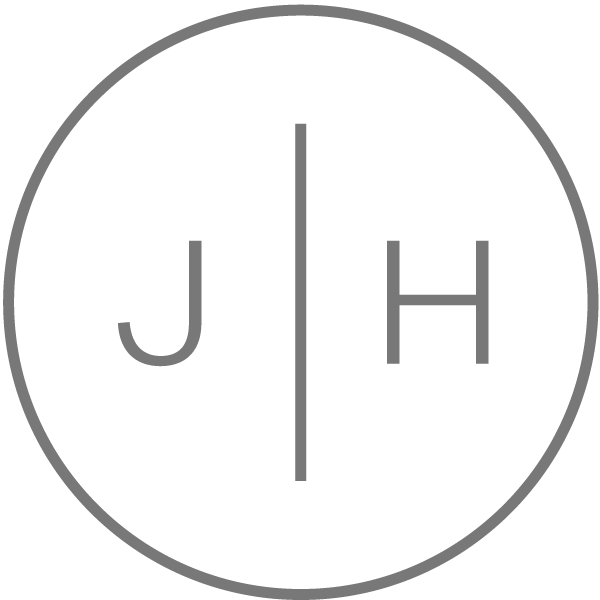RHINOPLASTY (NOSE JOB)
A rhinoplasty, often known as a nose job, is a cosmetic surgery procedure that aims to improve the appearance of the nose. There are a number of variations to a rhinoplasty; it may be necessary to remove a hump, correct a dip, refine the shape, nasal tip or the size and/or shape of the nostrils.
The nose is the central feature of the face, so Mr Julian Hamann's philosophy is to produce a natural-looking enhancement that harmonises with the rest of your facial features, and to provide balance. He will also take into account the internal structures of the nose to ensure normal breathing function is preserved. If an internal correction is required as well as external alterations the procedure is called a septorhinoplasty.
Am I suitable for a rhinoplasty?
Many men and women are unhappy with the appearance of their nose, and it can often affect a person's confidence and self-esteem. It is also one of the few cosmetic surgery procedures that is performed on younger people – by your late teens your nasal shape is established and only changes fractionally as you mature further.
However, one of the most important considerations Mr Julian Hamann takes into account when assessing your suitability for a rhinoplasty is whether you have realistic expectations, and whether what can be achieved will fulfil these expectations.
The consultation process is therefore incredibly important, both for assessing your expectations and also to ensure that you have all the necessary information before you make this important decision.
What does a rhinoplasty procedure entail?
A rhinoplasty procedure can vary greatly from patient to patient. It can involve removing a hump, or straightening a crooked nose; reshaping and refining the nasal tip; changing the shape and/or size of the nostrils; and altering the angle between the nose and face. At the same time, the septum may need straightening to open up the nasal airways.
Typically, a rhinoplasty is performed under a general anaesthetic and can take one to two hours. Mr Julian Hamann performs both open and closed rhinoplasty procedures. A closed rhinoplasty means that all incisions are made within the nose, ensuring you're left with no external scars. If it is necessary to perform an open rhinoplasty, an incision is made between the nostrils. Most patients find that these scars are not visible when fully healed.
The bone and cartilage structure of the nose is reshaped during the operation, and a splint is then required to keep the new shape. This will usually be in place for a week. Any internal stitches will dissolve over time and will not require removal by Mr Hamann.
What is the recovery process like after a rhinoplasty?
After your rhinoplasty there may be some swelling, particularly of the nose, and some bruising around the eyes. There may be some discomfort, although it should be easily controlled with over-the-counter painkillers.
Mr Julian Hamann will give you comprehensive instructions on how to manage the recovery process, including advice on when you can resume normal activities.
Are there any potential risks or complications associated with a rhinoplasty?
Potential risks of rhinoplasty include excessive bleeding; infections; and minor nerve damage that can cause temporary loss of sensation to the tip of the nose. There are the usual risks associated with an anaesthetic. It is not always possible to predict how skin, bone and cartilage will heal, so occasionally a repeat procedure is required. However, it is important that you allow full healing to take place before assessing the final results.
